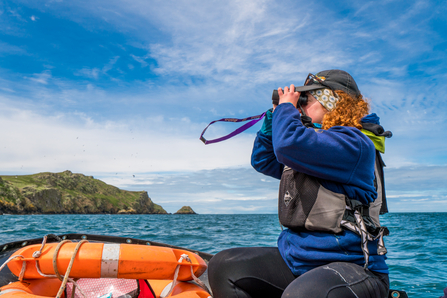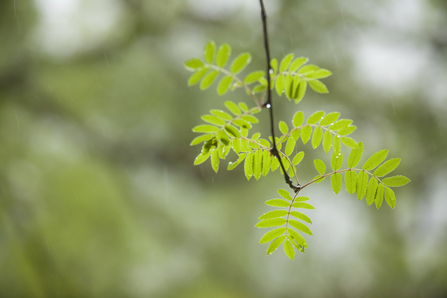Sentinels of the Sea
Historically, marine mammal data collection in Cardigan Bay has taken place throughout the spring, summer and autumn months. The winter whereabouts and habits of iconic species such as the bottlenose dolphin is still a mystery. We know that some of the Cardigan Bay bottlenose dolphins spend time around the Isle of Man but due to lack of survey effort, information on their winter whereabouts is limited.
Thanks to the Nature Networks Fund, Sentinels of the Sea has for the first time ever been able to conduct boat surveys in Cardigan Bay during the winter and our data collection will continue throughout the year. Our surveys so far have enabled us to photograph and identify a number of individual bottlenose dolphins using their unique dorsal fin markings. We have also been setting up and testing our hydrophones (underwater microphones) for our acoustic data collection and have successfully recorded several bottlenose dolphin signature whistles, whistles that are unique to individual animals.


